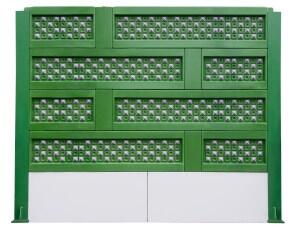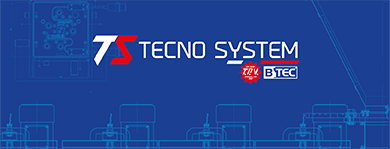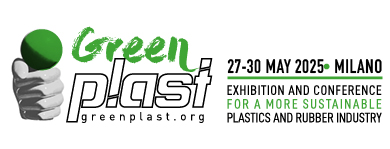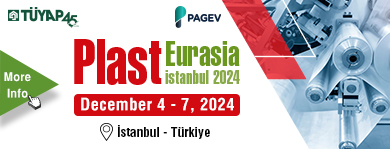An all-Italian model inspired by "Lego Architecture"

The company Htdm has the possibility to help the construction sector regain its leading role in the world of industry. Indeed, its know-how in the field of injection moulds has recently enabled it to launch its Panel System range of thermoplastic panels, designed for a variety of applications.
The concept behind Panel System, which has been realised through the European Mild Home project - affirmed on the other side of the Atlantic by the prestigious Massachusetts Institute of Technology (MIT) - is based on modular design and maximum performance. Thanks to this project, Htdm has become involved in a range of areas: social housing, residential buildings, industrial and rural restructuring, but also humanitarian projects worldwide. This project will also be combined with a revolutionary photovoltaic solar panel, freestanding and modular, which can replace the roof of a house.
"Panel System is a 100% recyclable product", explains Valeria Vettorello, head of marketing at Htdm in San Biagio di Callalta (in the Italian province of Treviso), "and it is based on the "Lego Architecture" model which can be exploited in order to promote the evolution of the building sector. The model designed for this sector, called Building Panel, has various applications, for example it can be used in areas in which there are urgent environmental problems. There is no doubt that 3D moulding technology has not yet found an application that adequately meets requirements, but in the future it will be the basis of an evolution that will see it being applied to residential models as well as design".
What does the future hold? Modular panels in appropriate organic materials, which today can also be of plant origin.
The acoustic insulation panel PyramidSilent is also an Htdm product, and it is applied in the field of road and rail transport, but also in airports and docks, production facilities, entertainment settings and temporary building sites. Designed to meet the highest performance requirements, ranging from respect for the environment to reduction of production costs, and at the same time keeping the product structurally efficient and aesthetically pleasing, it features a pyramidal anechoic shape.
The panel has been designed to meet various needs, primarily to reach maximum efficiency without using materials like rock wool, mineral wool and glass wool. In the production phase, high performance levels are also guaranteed by automation. A further aim of the company is to reduce labour costs for the assembly of each kilometre, thanks to the larger size of the panels and the lower number of steel uprights required, and also production costs by using recycled materials. Finally, the panel is particularly light and therefore meets safety in construction regulations.




















